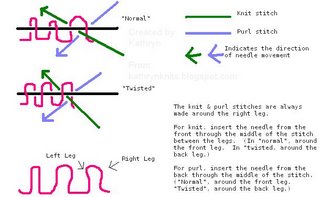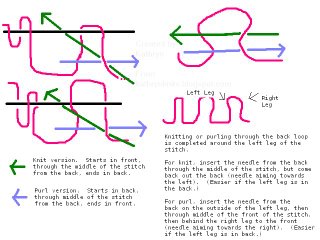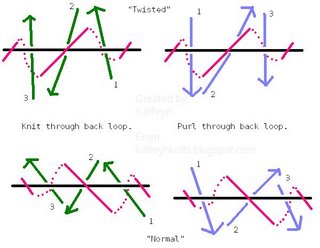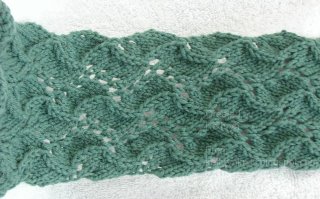
This lace table runner was my first knitting project (& the first thing on my needles period). It's acrylic, but that really doesn't bother me since I enjoy machine washable fibers. Throughout the project I experimented with different types of increases & decreases. It truly is what I learned knitting on.
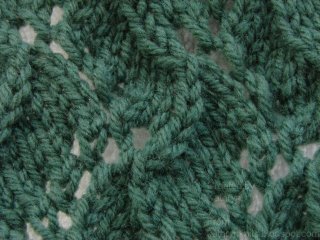
I'm not a big fan of being afraid of knitting. No one ever told me not to attempt lace first, so I went ahead & tried it out. Really made a great way to learn not only knit & purl, but also increases, decreases, & how to correct mistake stitches.
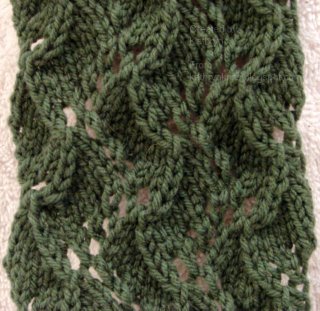
That first foray into knitting is most likely why I believe that those skills are all those of a beginning knitter. An intermediate knitter should know a couple ways to cast on & off, knit & purl, increases, decrease, & (hopefully) how to read one's own knitting. An advanced knitter should not fear major projects & should be able to design (or at least alter) projects. I've been told that my ideas regarding the levels of knitting are far from accurate. I think I'll have to start looking towards advanced classes for myself even though I consider myself an intermediate knitter (by my own scale) at best.

